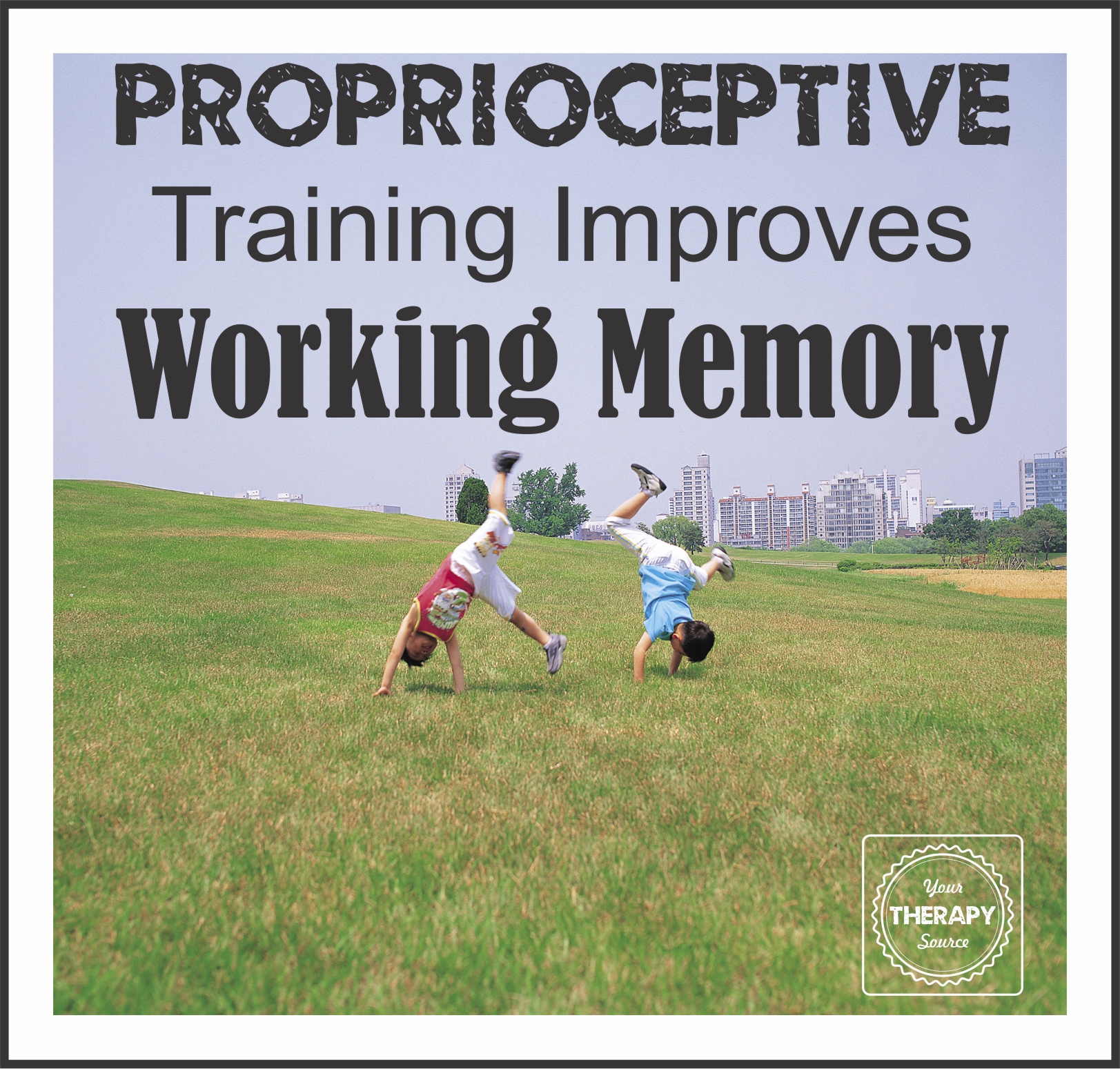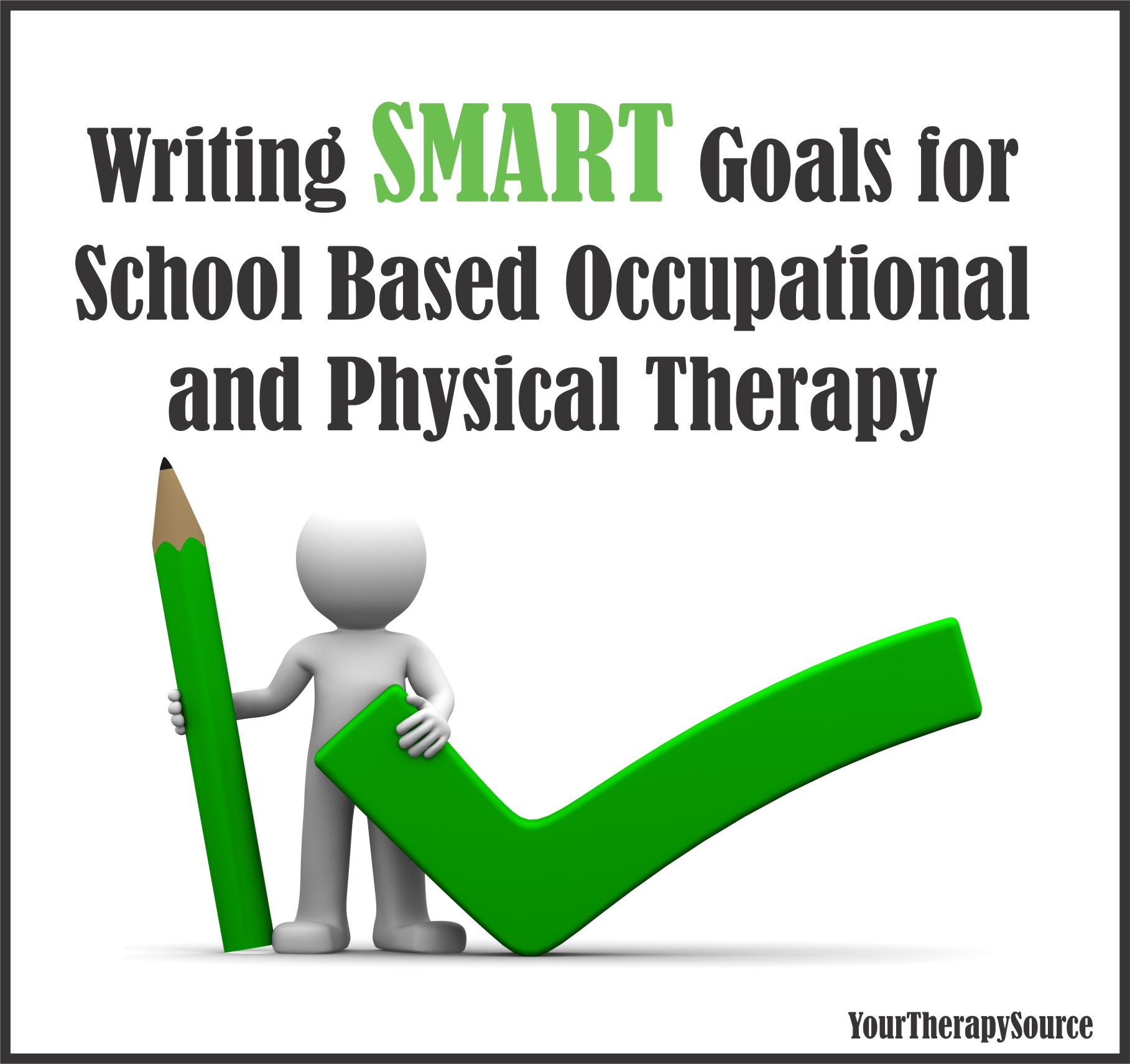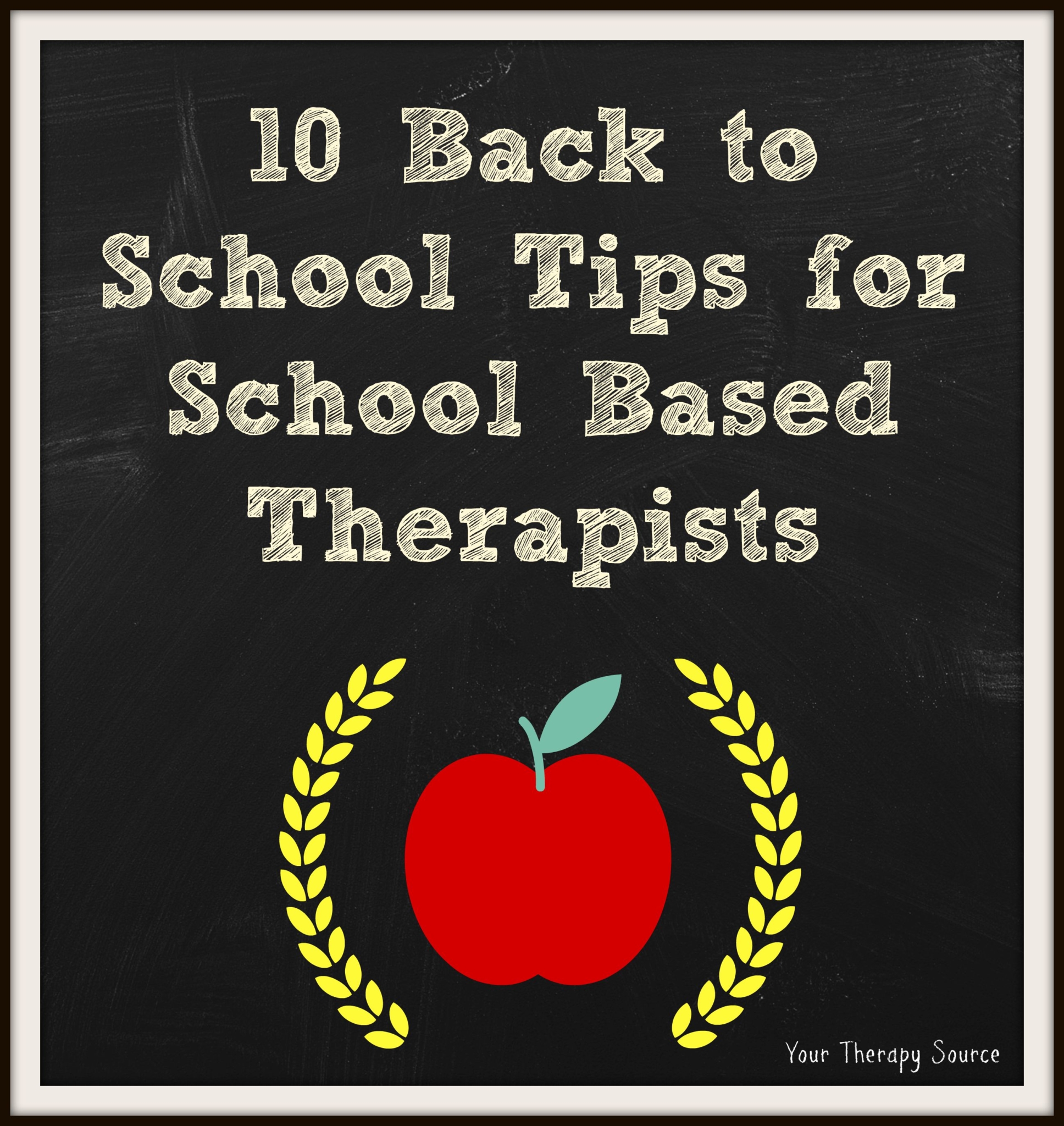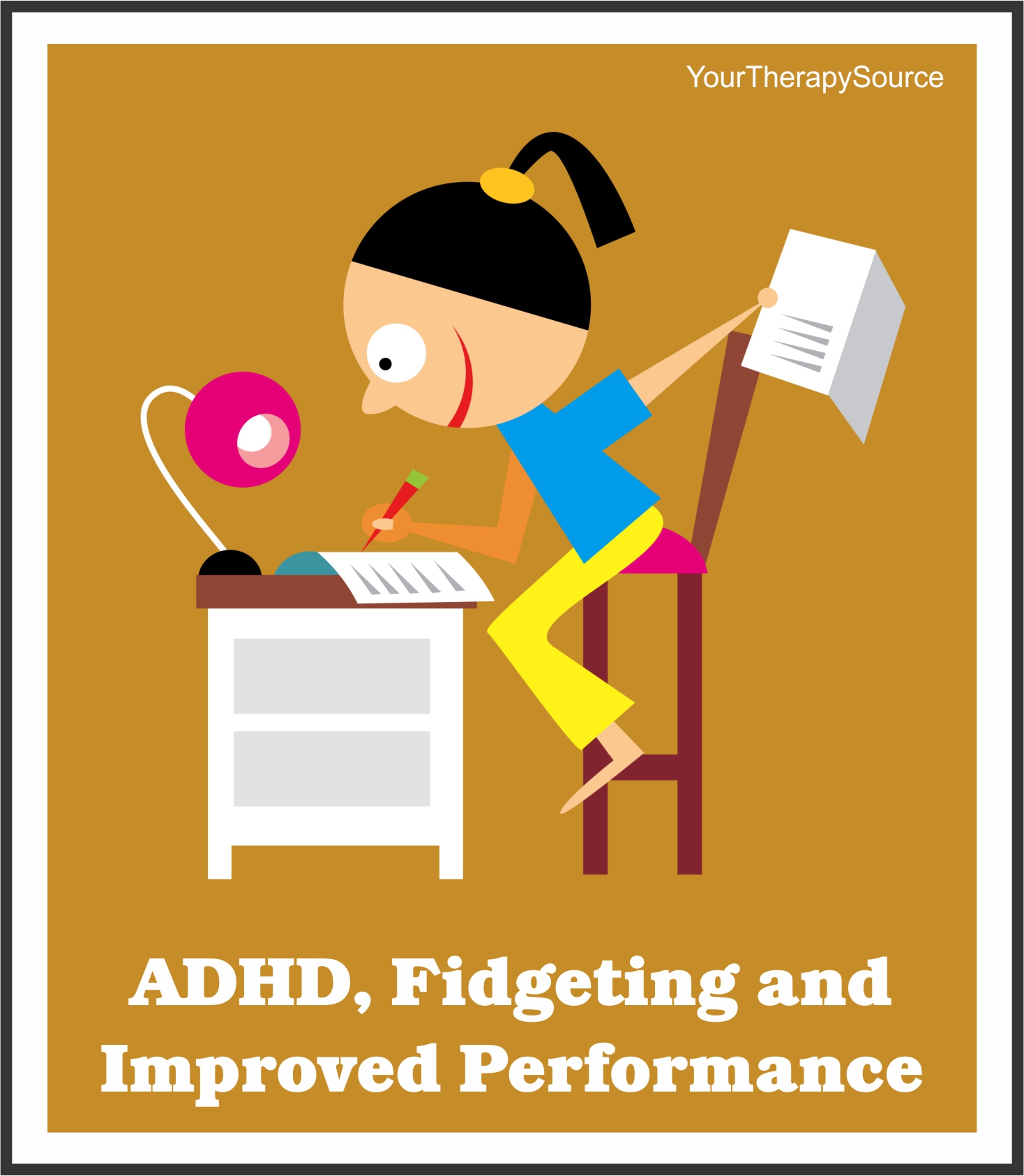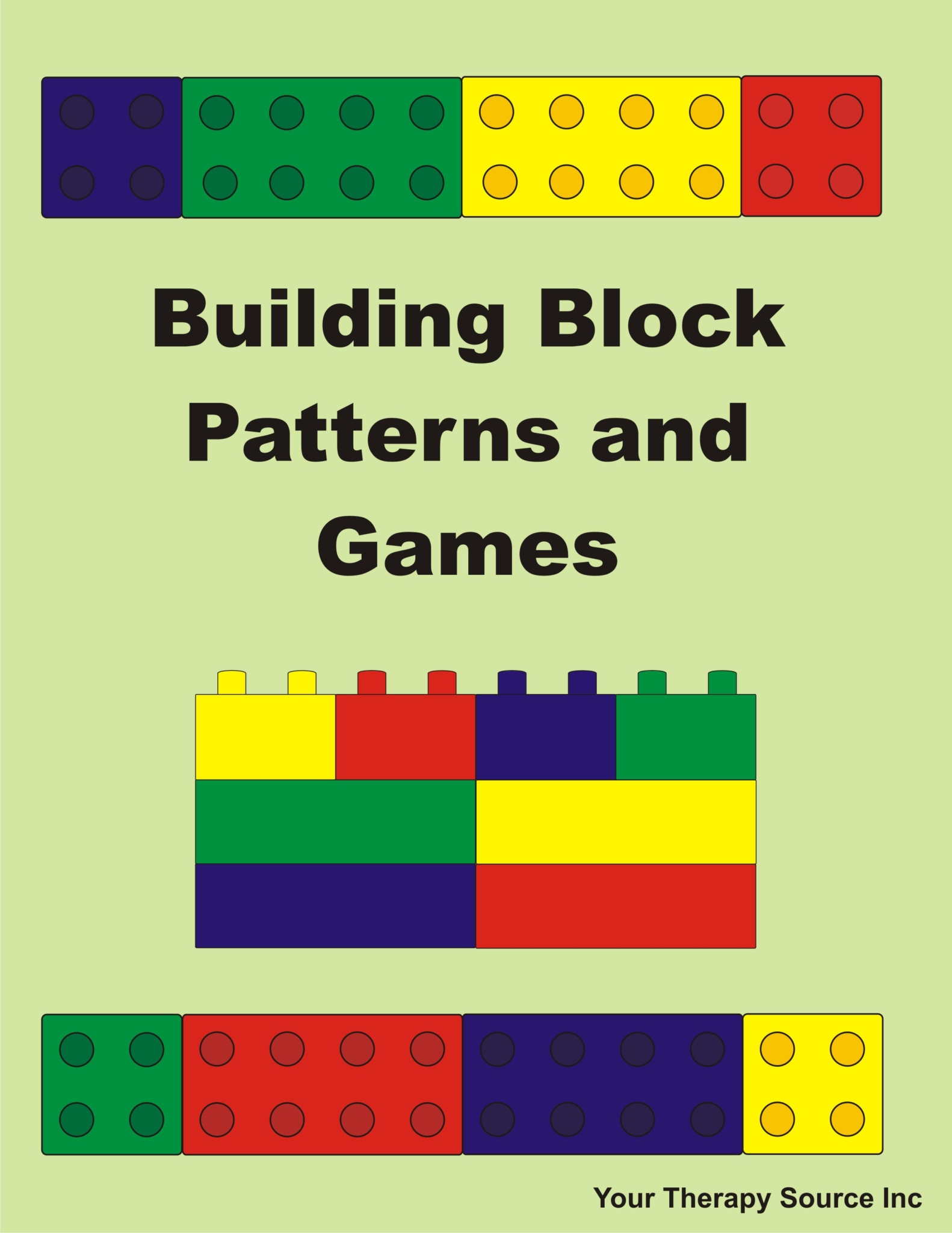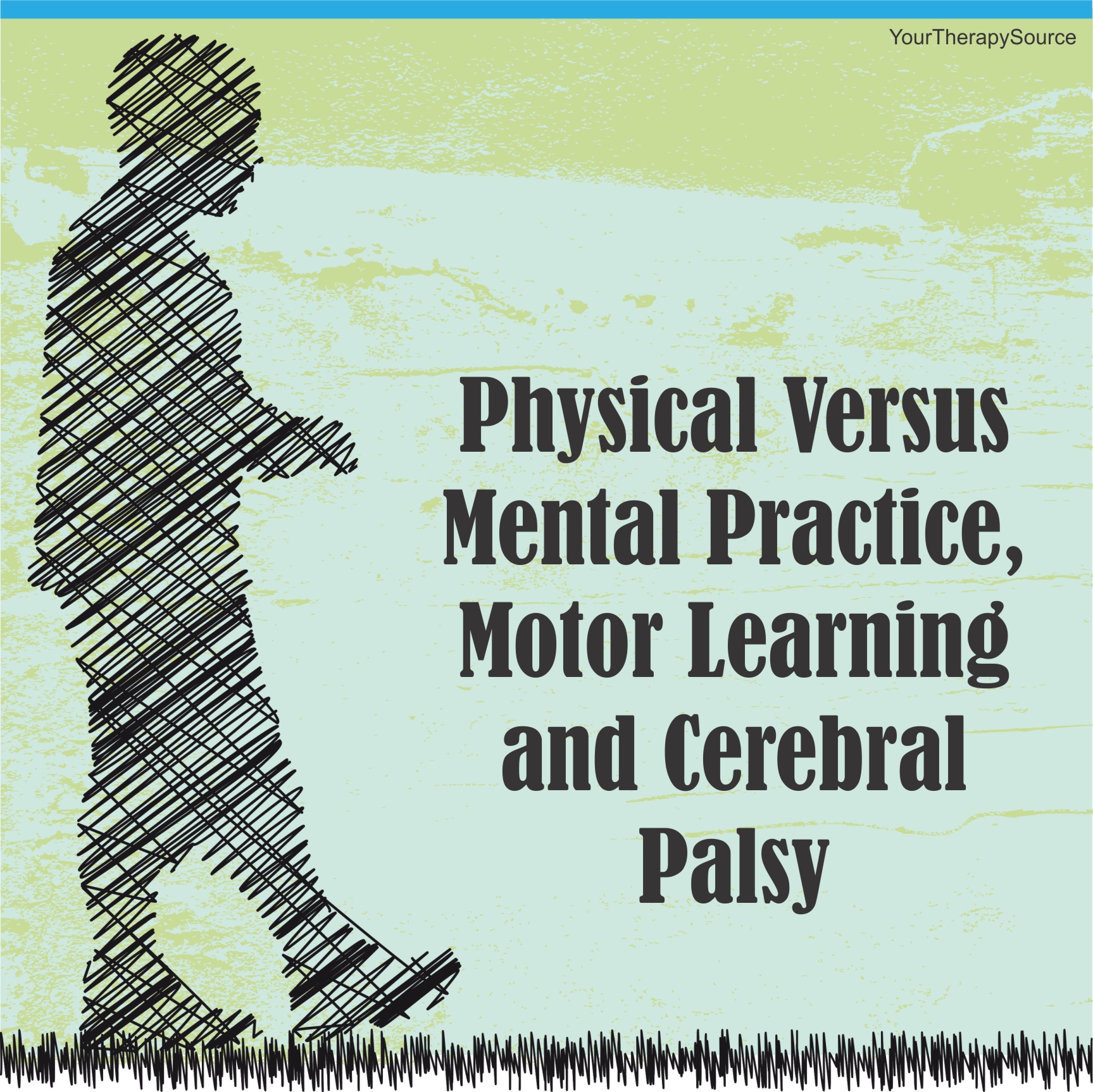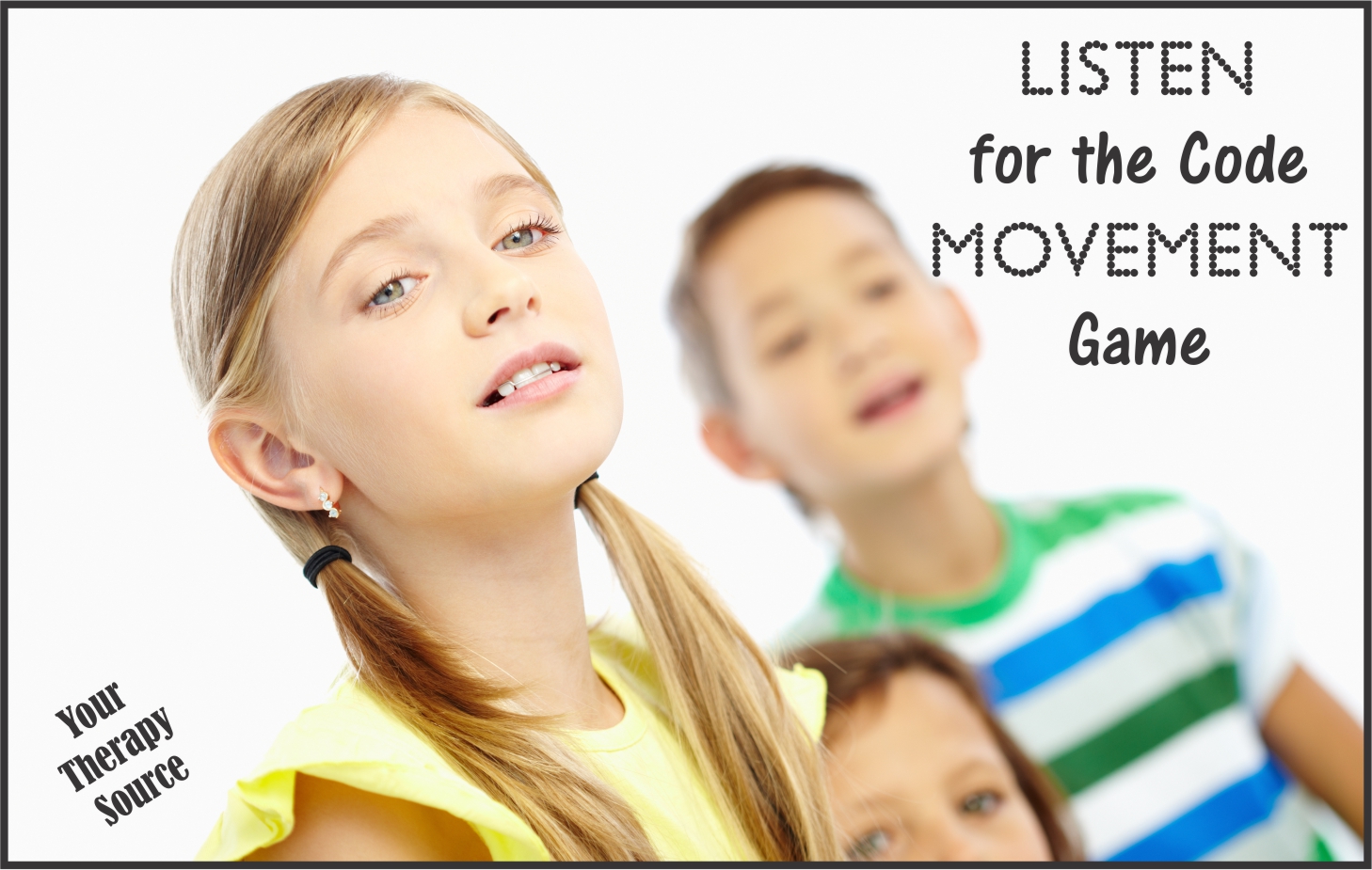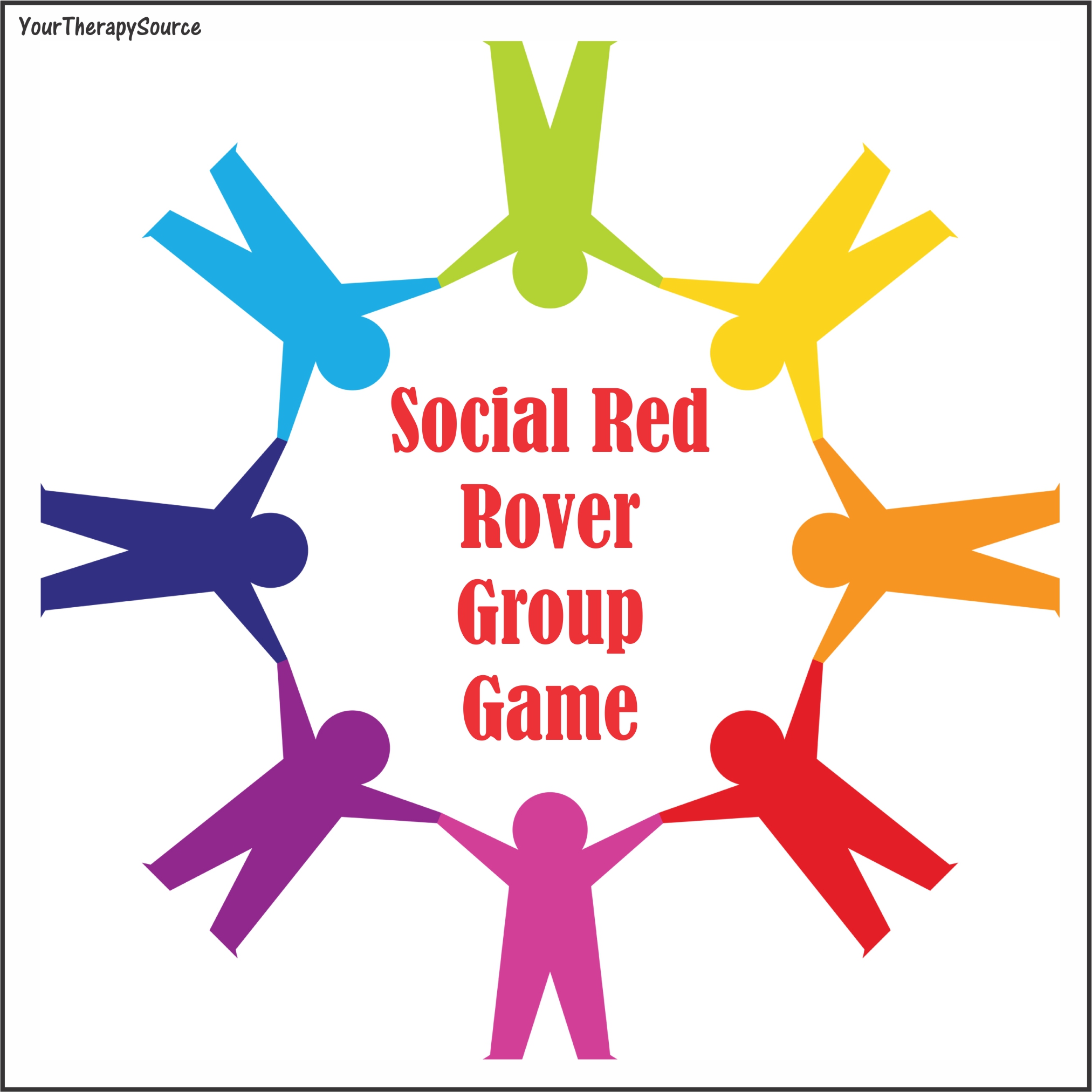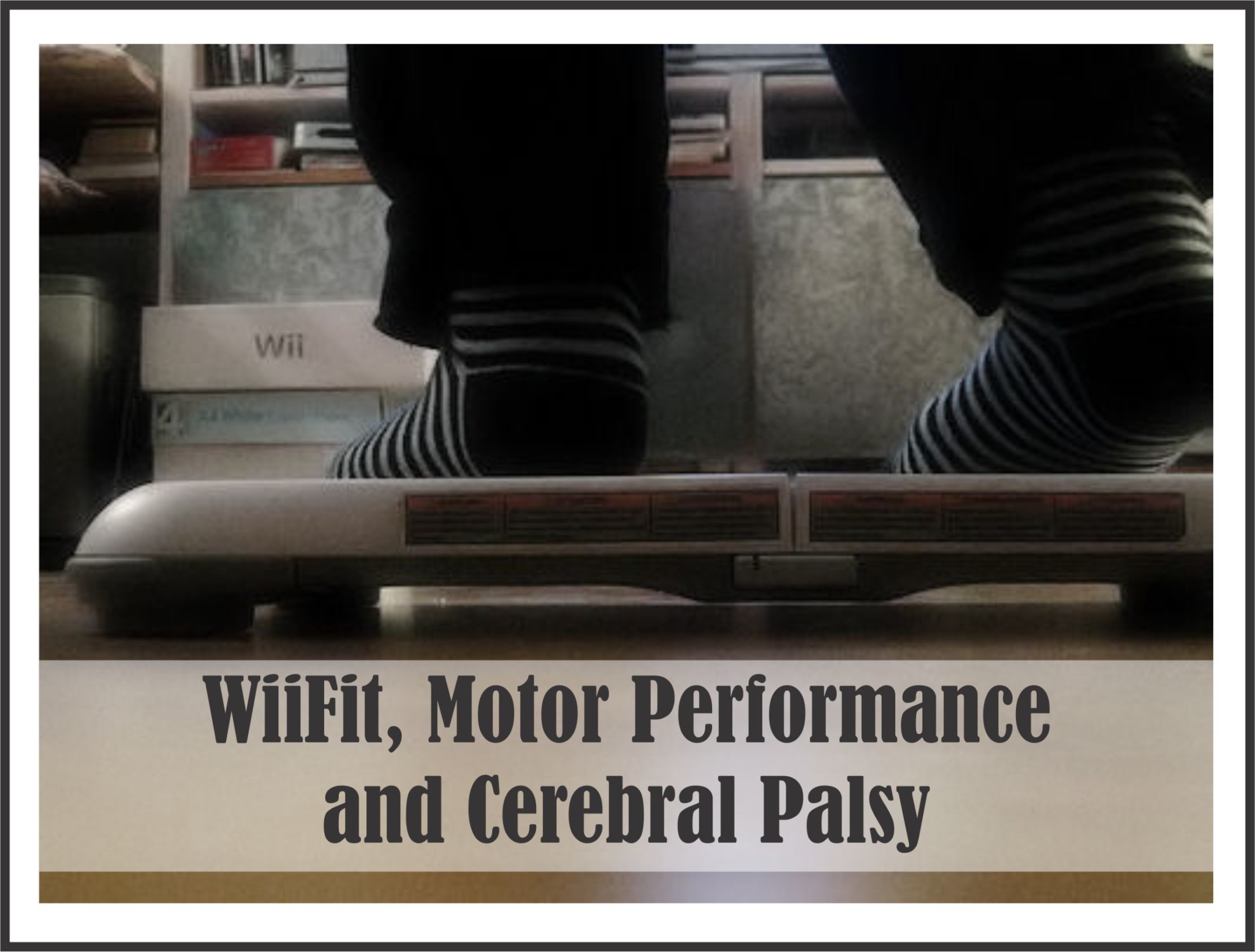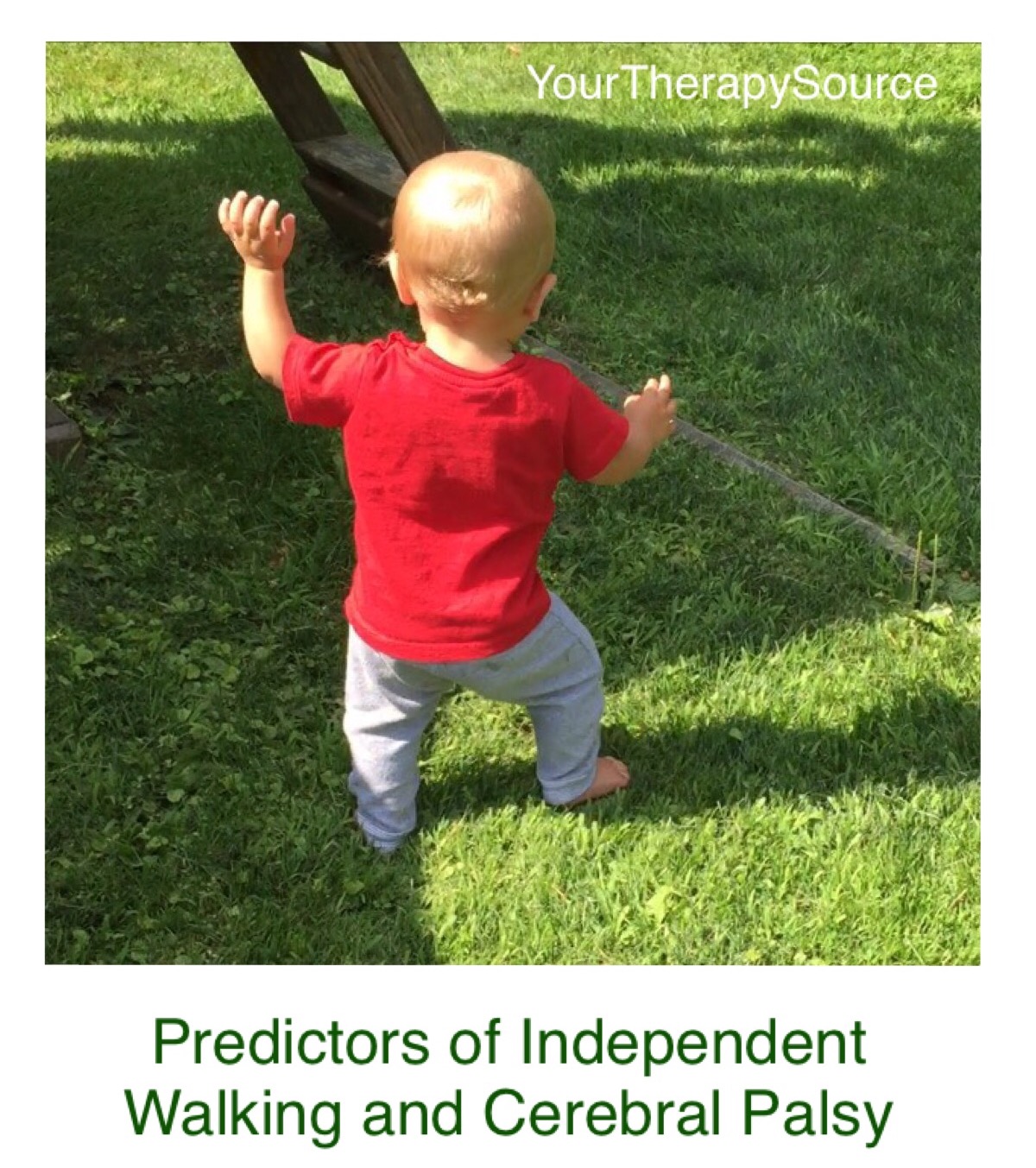Proprioceptive Training Improves Working Memory
A pilot study published in Perceptual and Motor Skills examined whether regular classroom instruction, yoga or proprioceptive training improved working memory in individuals 18-59 years old. The experimental group participated in proprioceptive activities along with one other factor ie locomotion or navigation. Some of the tasks were climbing trees, walking on a balance beam, carrying […]

